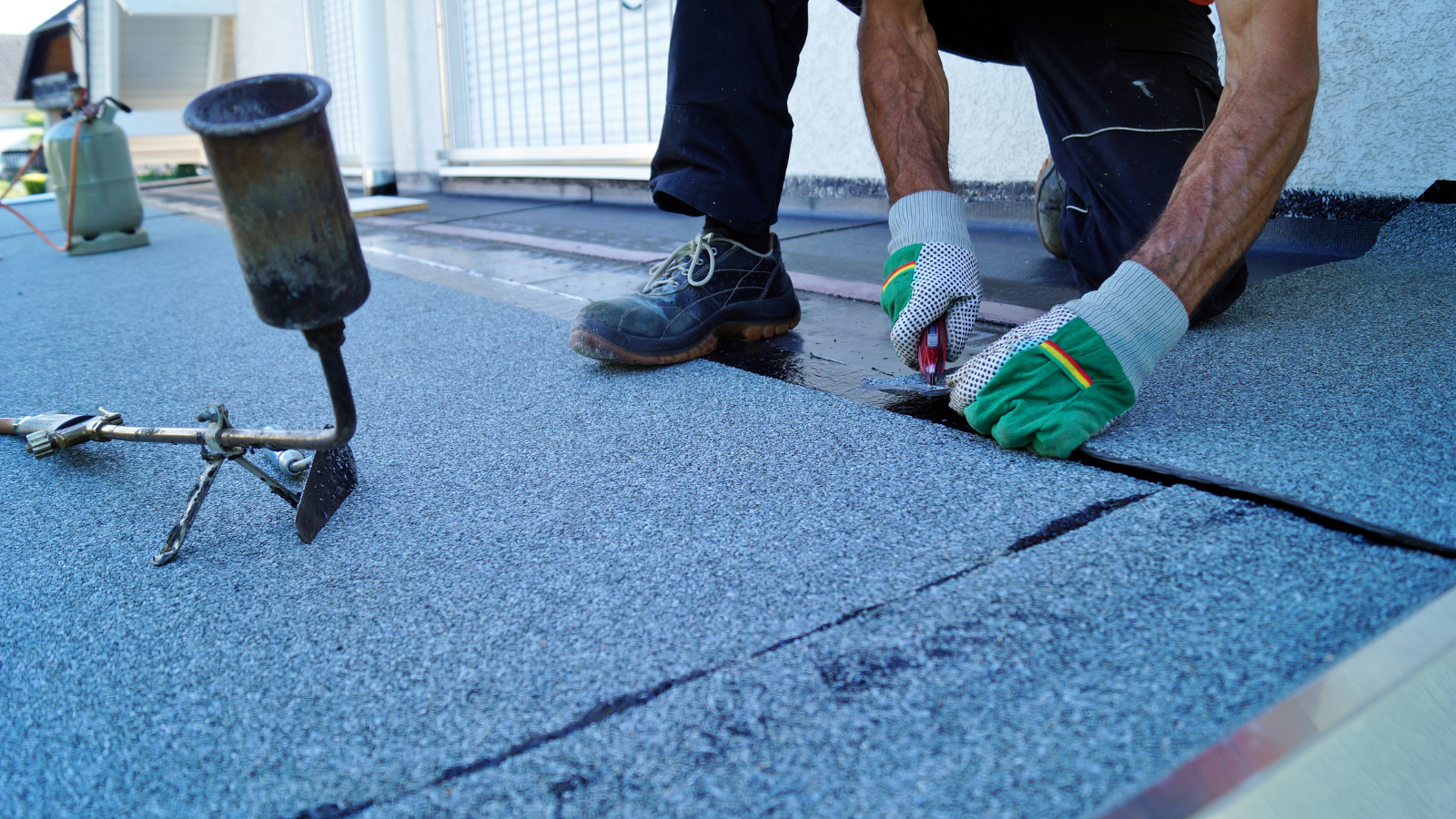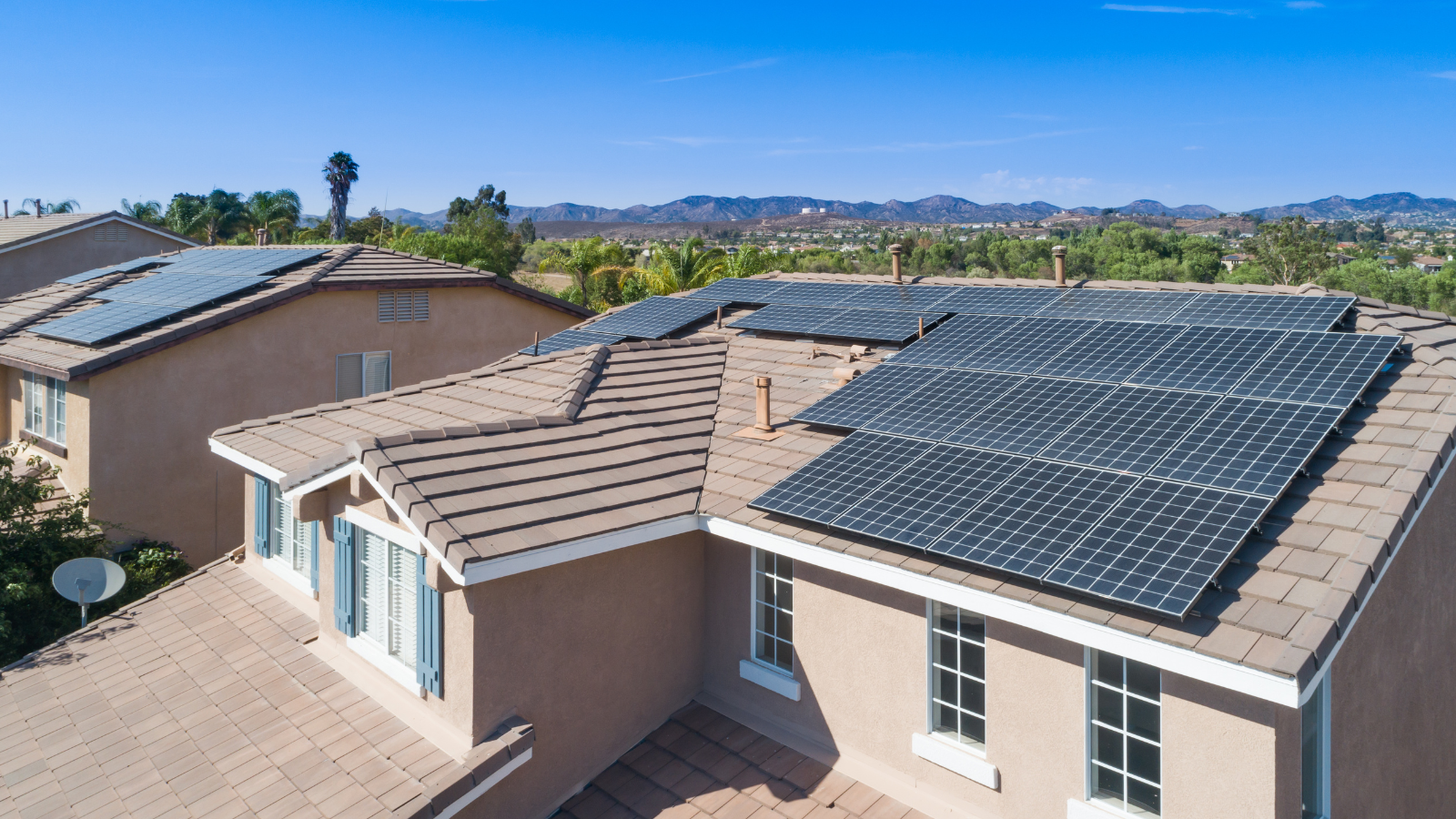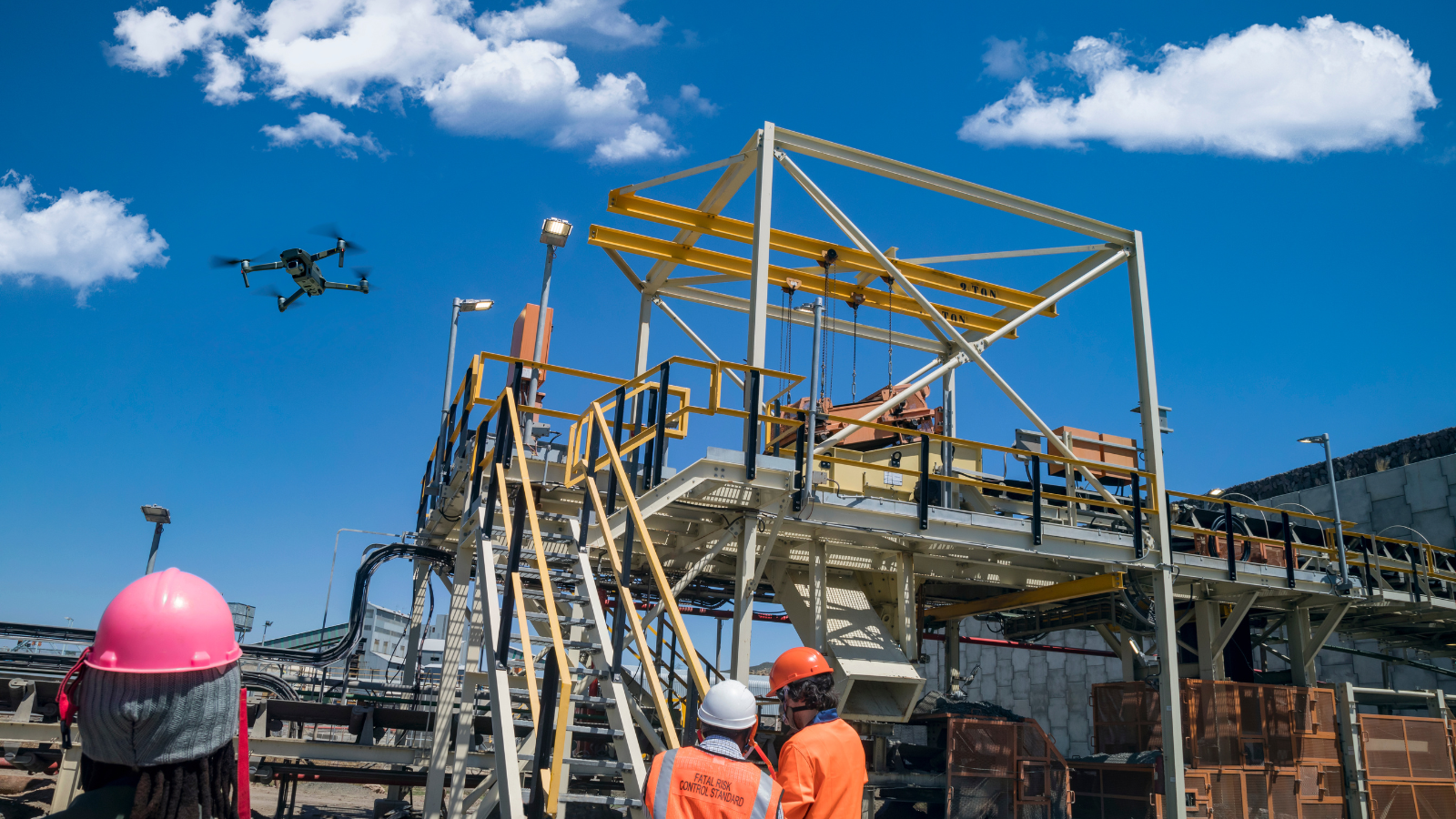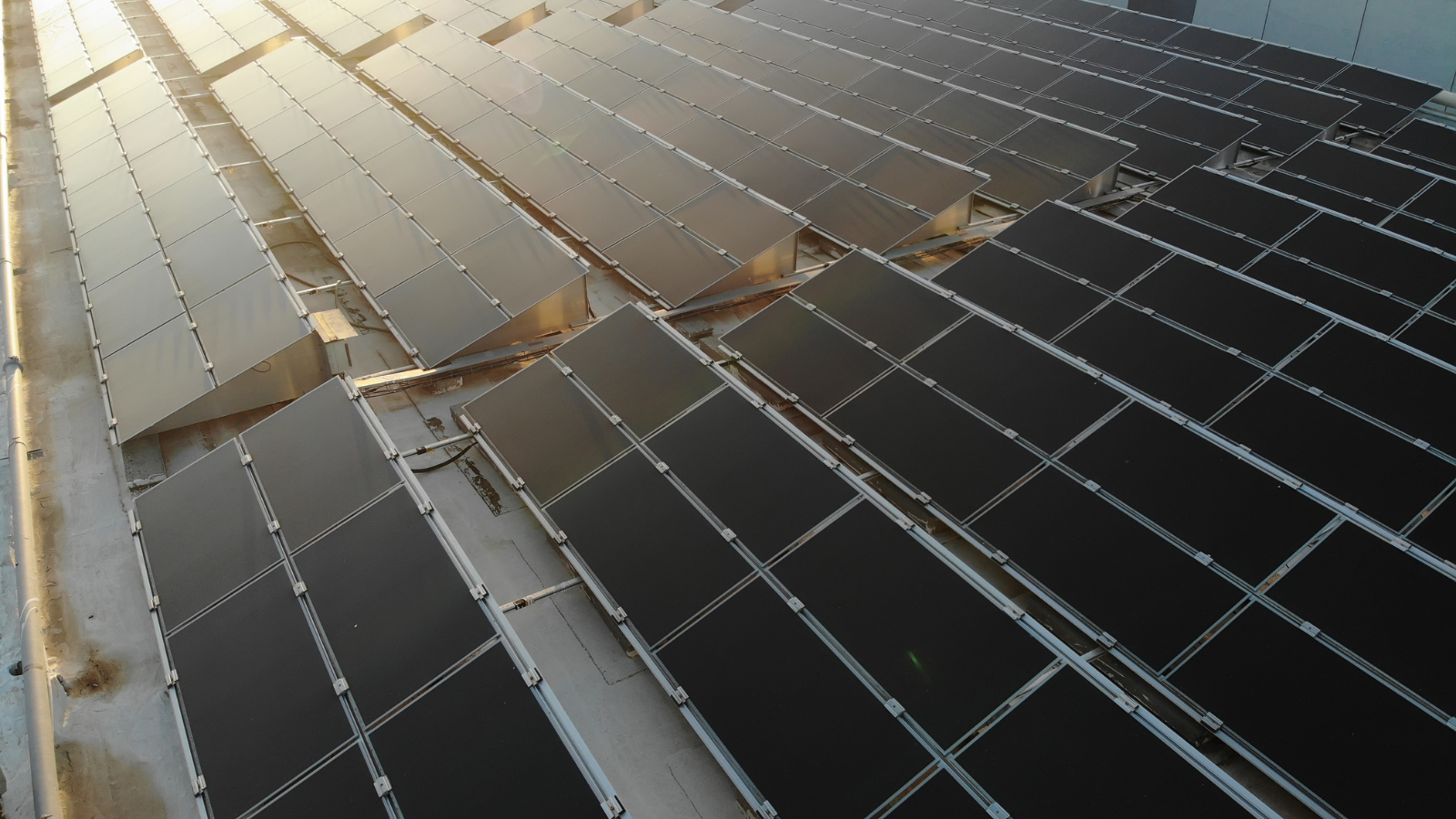Your roof plays a critical role in protecting your home from the elements. Ignoring early warning signs of wear can lead to bigger problems, but addressing them promptly ensures your home stays secure and damage-free.
Key Takeaway:
- Proactively replacing a roof showing signs of wear and tear can save you from costly repairs and protect your home’s structural integrity.
- Look out for curling shingles, missing granules, and moss growth, and consult a trusted roofing contractor to determine if it’s time for a replacement.
8 Signs That Your Roof May Need to Be Replaced
Your roof may reach the end of its lifespan without experiencing a catastrophic failure. However, a proactive approach to replacement is essential. Below, we outline key signs indicating that your roof might need attention:
1. Curling or Cupped Shingles
Shingles curling at the edges or tabs cupping upward are clear indicators of aging or weather damage. This typically occurs due to repeated exposure to moisture, temperature fluctuations, or improper installation. If a large portion of your roof exhibits these signs, it may be time for a replacement.
2. Bald Spots from Missing Granules
Granules protect shingles from the sun and improve their durability. Over time, weather conditions or aging can cause granules to wear off, leaving bald spots. Without these granules, shingles are more susceptible to UV damage, cracking, and water infiltration.
3. Cracked Shingles
Cracked shingles are a sure sign of wear. They’re often caused by wind damage or thermal expansion and contraction. While a few cracked shingles may be repairable, widespread cracking indicates the need for a new roof.
4. Roof Age
If your roof is 20 years old or more, it’s likely nearing the end of its life, especially if it hasn’t been properly maintained. Although modern shingles are designed for durability, factors like poor ventilation or extreme weather conditions can accelerate deterioration.
5. Worn and Weathered Appearance
A roof that looks old and weathered may no longer provide adequate protection. Discoloration, sagging, or visible damage are clear signs that your roof’s structural integrity might be compromised.
6. Neighbors Are Replacing Their Roofs
Homes built around the same time in your neighborhood often experience similar wear and weather conditions. If you notice multiple neighbors replacing their roofs, it’s a good idea to have yours inspected to determine if it’s nearing the end of its functional life.
7. Dark Streaks or Algae Growth
Airborne algae can leave unsightly dark streaks on your roof. While this may not immediately damage your shingles, it can negatively impact curb appeal. Regular cleaning can help, but persistent algae may be a sign that it’s time for a replacement.
8. Moss Growth
Moss thrives on damp, shaded surfaces and can be a significant issue in colder, wetter climates. It traps moisture against the roof, accelerating wear and tear. Removing moss alone won’t solve the problem, as it often returns. Consult a roofing professional to assess the extent of the damage and recommend a solution.
Why Prompt Roof Replacement Matters
Delaying a roof replacement can result in a host of problems, including:
- Water Damage: Leaks caused by deteriorating shingles can damage your home’s structure, insulation, and interior finishes.
- Energy Inefficiency: Aging roofs with poor insulation can lead to higher energy bills as your HVAC system works harder to regulate indoor temperatures.
- Decreased Property Value: A worn-out roof can lower your home’s value and make it harder to sell.
- Pest Infestation: Gaps in the roof may allow pests like rodents or insects to enter your home.
Investing in a new roof protects your home and gives you peace of mind, knowing that your property is safeguarded against the elements.
Choosing the Right Roofing Contractor
When it comes to roof replacement, working with a skilled contractor is essential. Here’s how to find a reliable professional:
- Research Local Contractors: Look for roofing companies with strong reviews and a solid reputation in your area.
- Check Credentials: Verify that the contractor is licensed, insured, and certified by major roofing manufacturers.
- Request References: Ask for references from previous clients and check their completed projects.
- Get Multiple Quotes: Compare estimates from different contractors to ensure fair pricing.
- Review the Warranty: Ensure the contractor offers a comprehensive warranty on both materials and workmanship.
FAQ: Common Questions About Roof Replacement
1. How long does a typical roof last?
The lifespan of a roof depends on the materials used:
- Asphalt shingles: 20-30 years
- Metal roofs: 40-70 years
- Clay tiles: 50-100 years
- Wood shakes: 20-40 years
Proper maintenance can extend the life of any roof.
2. Can I replace only part of my roof?
Partial roof replacements are possible, but they may not always be cost-effective. Matching new materials to existing ones can be challenging, and the repaired area might wear differently than the rest of the roof.
3. What is the best season for roof replacement?
Spring, summer, and early fall are ideal for roof replacement due to milder weather. However, skilled contractors can replace roofs year-round, provided weather conditions are safe.
4. How do I prepare my home for roof replacement?
- Remove vehicles from your driveway.
- Protect outdoor furniture and landscaping.
- Remove wall decorations and fragile items from your home.
- Inform neighbors about the project to minimize disruptions.
5. How much does roof replacement cost?
The cost varies depending on factors like materials, roof size, and labor. On average, homeowners spend $5,000 to $15,000. Request quotes from multiple contractors for a more accurate estimate.
6. What’s the difference between re-roofing and roof replacement?
Re-roofing involves adding a new layer of shingles over the existing ones, while a full roof replacement involves removing the old roof entirely. Re-roofing is less expensive but suitable only if the existing roof is in good condition.
Final Thoughts
Replacing your roof is a significant investment, but it’s crucial for protecting your home and maintaining its value. By staying alert to warning signs and working with a trusted contractor, you can ensure a smooth roof replacement process and long-lasting results. If you’re unsure about your roof’s condition, don’t hesitate to contact a professional for an inspection.






